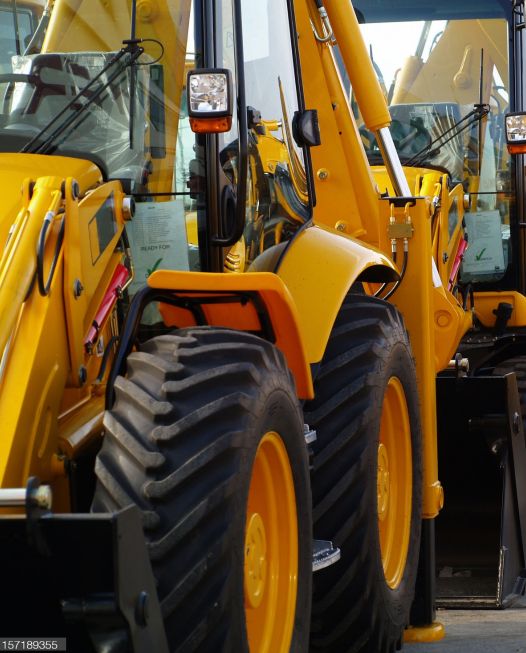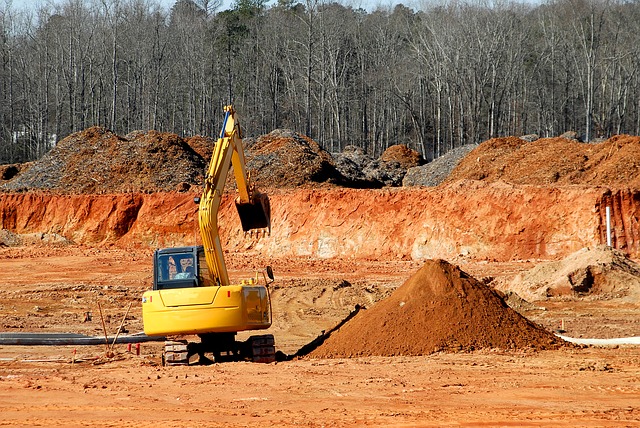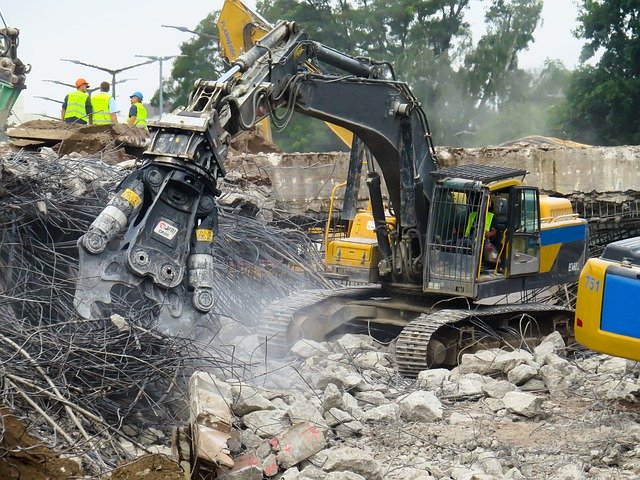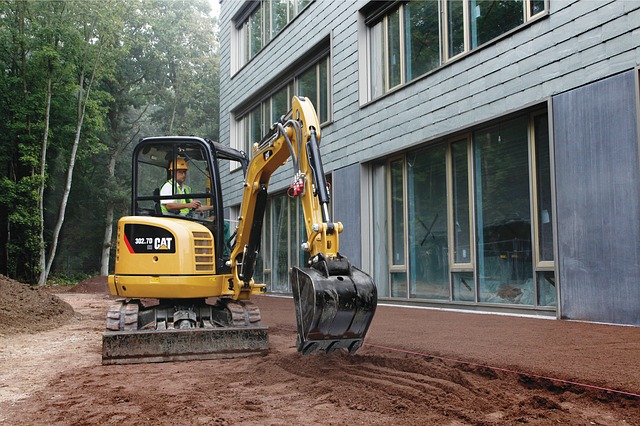
Snow removal contractors may be needed by condo owners, apartment buildings, and office buildings. You should have a good understanding of what services they provide and the equipment they use if you're thinking about hiring one.
Before hiring a demolition contractor, verify their credentials. Be sure to verify that they have a valid license and are skilled. Verify their reputation in the field. They should have previous projects and written information regarding their previous projects.
Snow removal contractors are best contacted in the early season, before snow accumulates. This gives you the chance to compare offers and narrow your search.
The national average cost to remove one slab of concrete is $1444. Expect to pay between $2-$6 per square foot. You will need to consider the following factors: the location, slab thickness, reinforcement type, whether you hire a contractor, or do it yourself.
The best way to determine what equipment you will need is to ask the snow removal company for a quote. Most companies will be happy to provide a free quote before you commit.
Demolitions often require permits, which can be obtained from the local government. These can range in cost from a few hundred dollars to several thousand dollars.
Site preparation can be expensive. The cost depends on the size of your site and the type of construction work that are required. Typical costs range between $180 and $400 per square foot of land.
Preparing the foundation is essential in order to waterproof it properly. You must remove all dirt, debris, and other loose materials. You should also prepare your waterproofing plan in advance of any construction project.

Demolition firms should be able give safety instructions and a detailed demolition plan. Demolition experts are able to give accurate timelines.
Demolition is a complicated process, and it can be time-consuming. A professional demolition contractor can help you plan your demolition and keep your project on schedule.
The best way for you to know what equipment is needed is to get a quote from the snow removal business. A majority of companies will give you a free quote prior to you making any commitments.
Most demolitions require permits. Permits can be obtained at the local government. These permit costs can vary from a few thousand dollars to several hundred.
Regardless of whether you are planning to build a new home or renovate an existing building, foundation waterproofing is the most effective way to keep water out. The first step in foundation waterproofing is to create a drainage system that will help to keep water away from your home.
In Okanagan excavations, excavation contractors must use a level and transit to check the grade as posted by the surveying crew. This ensures that the backfill is even and that there is no damage to any structures or equipment on site.
Depending on the size of the project, it may be necessary to hire an excavating contractor to help with the demolition process. Demolition is a complex process that require heavy equipment, permits, and safety measures.
Regardless of whether you are planning to build a new home or renovate an existing building, foundation waterproofing is the most effective way to keep water out. The first step in foundation waterproofing is to create a drainage system that will help to keep water away from your home.
The project size will determine whether an excavating company is needed to assist with demolition. Demolition requires heavy equipment, permits, safety measures, and is often a difficult process.
This can also include excavation and test drilling to make sure your building has the best foundation. Site preparation requires expertise. The right team will ensure that your project is completed in a short time. They can also minimize mistakes and delays. It is important to get your site ready in order to ensure your building has a long lifespan.
A waterproofing membrane will be installed on top of the concrete footings and foundation walls. The membrane can also be attached to a perimeter drainage system to keep water from escaping from the foundation.

One of the most important things to ask is what is included in the price. The cost of snow removal services vary depending on the type of service, size of the driveway, and type of equipment used. You may also be required to pay for snow removal from sidewalks.
The cost to install a septic tank varies depending on the type of tank you choose and the size of the home. Labor costs account for 50% to 70% of the total cost of the system.
Also, a drain field will be required to be excavated in order for septic tanks to be installed. This is normally done after the design phase. The tank is then positioned in the drain area. The drain field can then be connected to a distribution box.
Foundation waterproofing systems also include a protective board that protects the elastomeric coating. These systems can be applied with a trowel or hand application.
Foundation waterproofing is the best way to keep water out, no matter if you're building a new house or renovating an existing one. Foundation waterproofing begins with a drainage system to drain water away from your home.
Site preparation is a complicated process that requires the help of skilled professionals. The proper team can ensure your project is finished in the least amount of time, minimizing the amount of mistakes and delays that occur. Getting your site ready can also ensure a long life for your building.
It can be dangerous, even though it may appear like an easy job. It is essential to have the proper safety equipment in place and follow the proper procedures to protect yourself and your concrete contractor. You need to be careful not to get caught in any machinery.
A slab of concrete can be removed for an average national cost of $1,444. The average cost to remove a slab of concrete is between $2 and $6 per square foot. The price of a square foot will vary depending on where you live, how thick the slab is, what type of reinforcement it has, and whether or not you hire a contractor to do the job.
One of the most common steps in site preparation is to remove unwanted trees, shrubs, and other obstructions. This helps to clear the land, ensuring that materials and workers can move around freely.

All utilities should be disconnected prior to demolition. This is to prevent potential hazards and minimize the risk of injury.
You need to be sure you follow these steps, regardless of whether you plan to install your own septic system or hire someone to do it. You should request permission from the local government to excavate the site.
First, determine how many inches of snow your property gets in winter. The snowfall will determine the equipment you will need. Snowplows are a great option for large commercial areas. It can be difficult to remove large quantities of snow and/orice using just a shovel.
Septic tanks are made of concrete, fiberglass, plastic or steel. Fiberglass tanks are lighter and cheaper to install. They are also less likely to develop cracks than concrete tanks.
Consider other snow removal tools as well. You'll save both time AND energy by choosing the best snow-removal equipment.
A shovel is not enough. You also need other snow removal equipment. You will get the most out of your snow removal equipment, while also saving time and energy.
